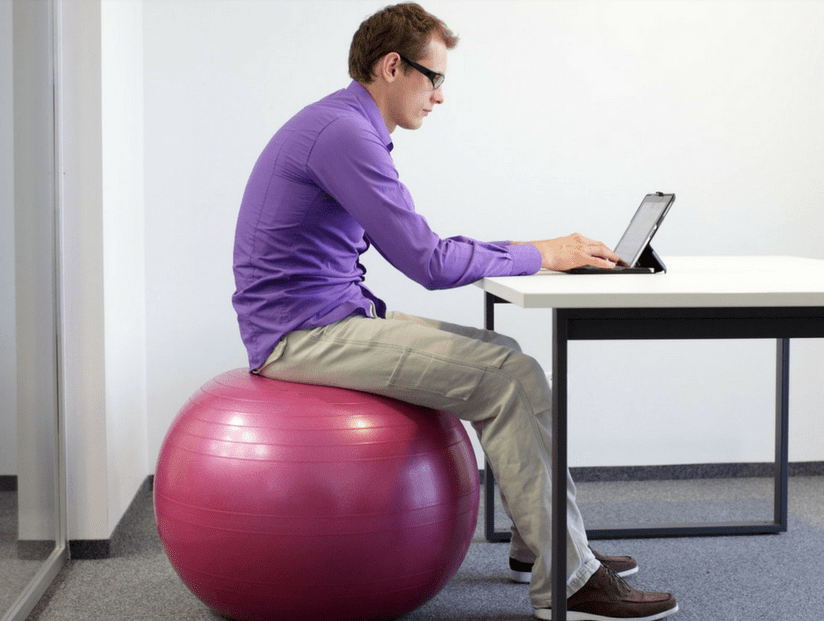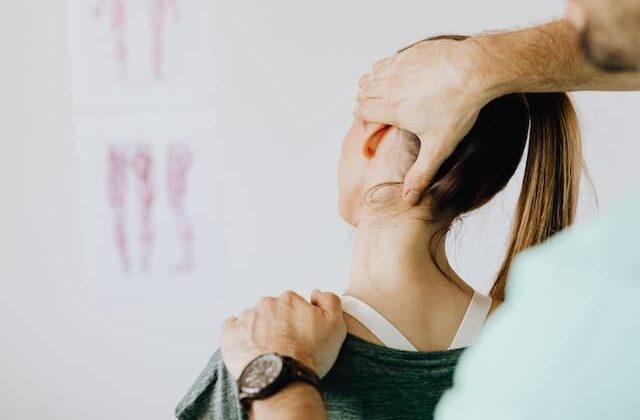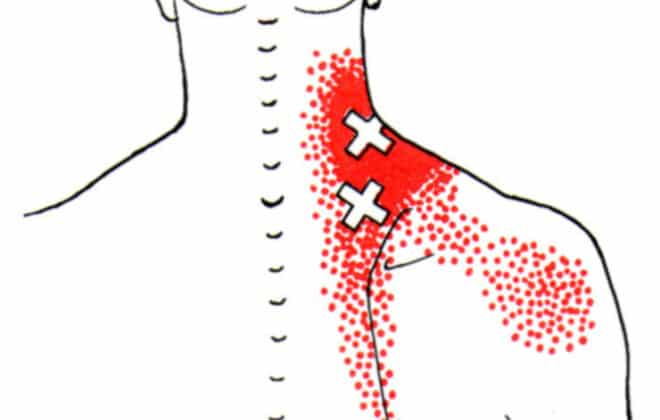Levator Scapulae Stretches: Unlock the Secret to Pain-Free Shoulders and Neck
Hey there, folks! Do you often suffer from nagging neck and shoulder pain? You’re not alone. Many people experience discomfort in these areas, and one of the main culprits is the levator scapulae muscle. In this blog post, we’ll delve into the world of levator scapulae stretches and explore the various ways to loosen this stubborn muscle. So, buckle up, and let’s get started!
We all know that stretching is essential for maintaining flexibility and preventing injury, but did you know that some stretches are more effective than others for certain muscles? That’s right! When it comes to the levator scapulae, there are specific stretches designed to target this muscle but also to address the surrounding muscles, providing the best possible relief from pain and discomfort.
How To Loosen the Levator Scapulae
There are several effective levator scapulae stretches that can help alleviate tightness and pain in this muscle. Here are a few of our favorites:
Modified Levator Scapula Stretch
With your hand placed behind your back, gently tilt your head forward and to the side, feeling the stretch in your neck and shoulder.
Seated Levator Scapula Stretch
While seated, hold onto the bottom of your chair with one hand and gently tilt your head to the opposite side. This helps isolate the levator scapulae muscle.
Supine Levator Scapula Stretch
Lie down on your back with your knees bent. Place your hands behind your head and gently pull your head forward, feeling the stretch along your neck and upper back.
Causes Of Tight Levator Scapulae Muscles
There are several factors that can lead to tight levator scapulae muscles:

- Poor Posture: Slouching or hunching over a computer for extended periods can strain the muscles in your neck and shoulders, including the levator scapulae.
- Stress: When we’re stressed, our body tends to tense up, and the levator scapulae muscle is no exception.
- Sedentary Lifestyle: Lack of movement and exercise can lead to muscle tightness, particularly in the levator scapulae. Sitting for long periods without stretching or moving can contribute to this issue.
- Overuse: Repetitive movements or heavy lifting can overwork the levator scapulae, causing it to become tight and painful.
- Injury: Trauma to the neck or shoulder region can result in tightness and discomfort in the levator scapulae muscle.
Effects Of A Tight Levator Scapulae
When the levator scapulae muscle is tight, it can lead to several issues, including:
- Pain: Pain in the neck, shoulders, and upper back can be attributed to tight levator scapulae muscles.
- Headaches: Tension in the levator scapulae muscle can cause tension headaches, particularly at the base of the skull.
- Limited Range of Motion: A tight levator scapulae can restrict your ability to move your neck and shoulders, impacting your daily activities.
- Muscle Imbalances: Tight levator scapulae muscles can create imbalances in surrounding muscles, leading to further discomfort and potential injuries.
FAQs:
Q: How often should I perform levator scapulae stretches?
A: Aim to stretch the levator scapulae muscle at least once a day, particularly if you have a sedentary lifestyle or experience frequent neck and shoulder pain.
Q: Can I perform levator scapulae stretches at my desk?
A: Absolutely! Many levator scapulae stretches, such as the seated stretch, can be done at your workstation throughout the day.
Q: How long should I hold each stretch?
A: Hold each stretch for 15-30 seconds, and repeat 2-3 times on each side. Be sure to breathe deeply and maintain a gentle, consistent stretch.
Conclusion
Incorporating levator scapulae stretches into your daily routine can make a world of difference when it comes to neck and shoulder pain. By targeting this often-overlooked muscle, you can alleviate discomfort, improve your range of motion, and prevent future issues.
Ready to take the next step in your journey to pain-free shoulders and neck? Consider booking a massage therapy session and incorporating corrective exercises into your routine. Head over to our Levator Scapulae Release page to learn more about our services and how we can help you feel your best. Don’t let tight muscles hold you back – start stretching and say goodbye to pain!
Sam Visnic
Most Popular Posts
Categories
- Deep Gluteal Pain Syndrome (8)
- Deltoids (2)
- Foam Rolling (2)
- Glutes (9)
- Hamstrings (5)
- Hypnosis for Pain (3)
- Lats (2)
- Levator Scapulae (4)
- Lifestyle (8)
- Massage Therapy (39)
- Mobility (21)
- Movement and Exercise (19)
- Muscles (22)
- Nutrition (2)
- Obliques (1)
- Pain (25)
- Pectorals (3)
- Piriformis (3)
- Plantar Fasciitis (11)
- Psoas (11)
- Quadratus Lumborum (3)
- Quadriceps (2)
- Rhomboids (3)
- Sciatica (1)
- Serratus Anterior (1)
- SI Joint (14)
- Sternocleidomastoid (1)
- Stretching (18)
- Subscapularis (1)
- TMJ (2)
- Trapezius (1)
- Uncategorized (12)










